The Art of Demon Slaying: Decoding the Visual Symbolism in Demon Slayer
For some, Demon Slayer may be a simple pleasure portraying the battle between good and evil through actual combat scenes of Demon Slayers and demons. However, for those who crave a deeper symbolism in the storyline, you're in luck. This popular anime series based on a manga is cleverly planned to incorporate various thematic themes and meanings through visual cues, particularly with the outfits of each character and their breathing technique.
From the intricate designs of the Demon Slayer kimono to the Demon Slayer Haori, this show has proven each detail is carefully considered during its creation. Below, we explore the deeper meaning behind the apparel and visual cues of Demon Slayer's top characters.
Demon's Slayers' Rich Visual Language and Symbolism - A Cue to the Viewer
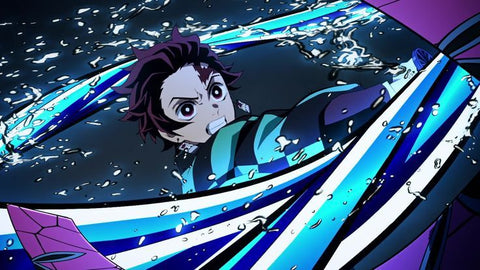
Perhaps you've considered why the series includes visual cues for the viewer; in this case, it enhances the experience for viewers. By creating a rich visual language for those on the other side of the screen, the viewer is better able to be immersed in the world of Demon Slayer. For example, viewers can understand when Tanjiro is in his element, as his swords sway effortlessly like water waves, with the anime even depicting the flow of the water with each swing.
Additionally, viewers are alerted that a battle will be incoming when Tanjiro's Demon Slayer Haori begins rising. Thus, the viewer is clued into an important seeing, ensuring they provide full attention for the upcoming events unraveling on the screen. These are only a few of the many rich visuals that enhance the viewing experience. Other visuals include the apparel worn by the characters, which provides further insight into each of the characters themselves, as explored more below.
The Intricate Demon Slayer Haori: Emphasizing Characteristics

Though the actions themselves in Demon Slayer are important and indicative of a character's attributes, their apparel is equally important, hinting at the characteristics of the protagonists and antagonists in the storyline. For example, Tanjiro dons a Demon Slayer Haori, a traditional Japanese jacket that covers a kimono. On this Haori, viewers will notice a particular black/green checkered pattern. This Demon Slayer pattern is not added without thought. Instead, it's intended to represent Tanjiro Kamado's family values, which include prosperity and successful connections. True to its symbolism, Tanjiro is generous and finds fruitfulness in each encounter.

Like Tanjiro, the other primary characters in Demon Slayer have great symbolism attached to their particular costumes/outfits. Another example of symbolic attire is that of Zenitsu, a master swordsman. His Haori shifts from orange to yellow and includes a fish-scale pattern, though the scales have a larger space between them than a traditional scale design. This is intentional, as it represents a snake leaving behind its old skin, which symbolizes getting rid of evil spirits.
Demon Slayer Kimono Outfits: The Meaning Behind the Traditional Dress

While the male characters don Haoris, the female characters in Demon Slayer wear traditional dresses (kimonos). Like the Haori, the patterns shown on these kimonos offer a deeper meaning behind each character. Though Tanjiro and Nezuko are siblings, Nezuko does not wear a kimono with the family checkered pattern. Instead, her kimono is a light pink hue with a hemp leaf pattern outlined in black. However, this kimono does not appear until after she is turned into a demon when she and Tanjiro are children, and rightfully so. The hemp leaf pattern is associated with the hope of good health and warding off evil, which is one of the main plots of Demon Slayer as Tanjiro continues searching for a cure for his sister.
Thematic Breathing Techniques: Behind the Five Major Powers
When Demon Slayers are in the midst of battle, they can call on five breathing techniques interwoven with the elements. These techniques are as follows: Water, Flame, Wind, Thunder, and Stone. Though the story does not particularly mention magical abilities, these breathing techniques appear during battle scenes in the form of visual effects inspired by each mentioned element. The technique used for each character varies based on which form best suits them. For example, Giyu, a water Hashira, typically focuses on the water breathing technique.

These techniques translate on the screen with various visual effects. As Kyojuro Rengoku, a flame breather, swings his sword, it seems to emit flames in its wake, reiterating his chosen breathing technique with each move. Additionally, the technique used for flame breathing differs greatly from other techniques, like thunder breathing. For example, one using thunder breathing would be expected to initiate quick movements and strikes, similar to the properties of lightning. In comparison, a Demon Slayer, which utilizes the water breathing techniques, will move in a flowing manner by contorting and twisting their body, similar to how water flows in a stream or other body of water. Each of these techniques, along with the apparel worn by the Demon Slayers, provides subtle context clues for the viewer to pick up on.

Delve into Demon Slayer's Visual Symbolism with Sugoi Mart
As you rewatch the Demon Slayer show and leaf through the manga, reconsider how the visual language and symbolism provide deeper insight into the characters' actions and the characters themselves. With a careful eye, you'll soon start to see the underlying themes in Demon Slayer!
For a more detailed look at the characters, including the various Demon Slayer pattern options amongst the characters' clothing, consider browsing the products in Sugoi Mart's Demon Slayer Collection. With figurines, toys, plushies, calendars, speaking dolls, and more, you can explore the characters' appearances in more depth.
While you may not see Tanjiro's Haori flying before he performs a powerful attack on a demon, you can investigate the symbolic checkered pattern on his Haori once you add the Demon Slayer Look Up Figure: Tanjiro to your cart/account. You can further dive into the patterns among each of the characters' apparel with a 3D Demon Slayer Torso Gachapon, which shows off the apparel of Nezuko and her companions' costumes.
Take the time to learn more about the Demon Slayer kimono and Demon Slayer Haori with fun Demon Slayer products from Sugoi Mart before diving back into the series!










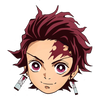
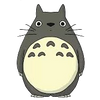






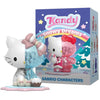
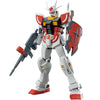








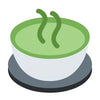



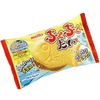



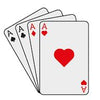


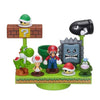



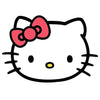








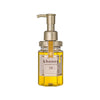




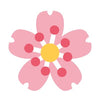
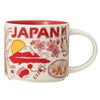
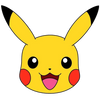
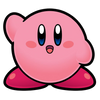




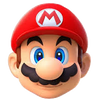

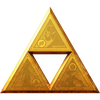

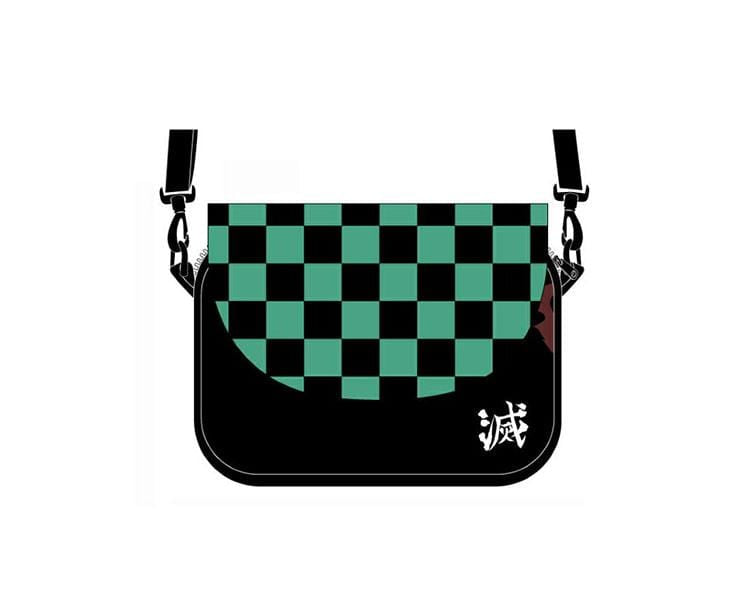
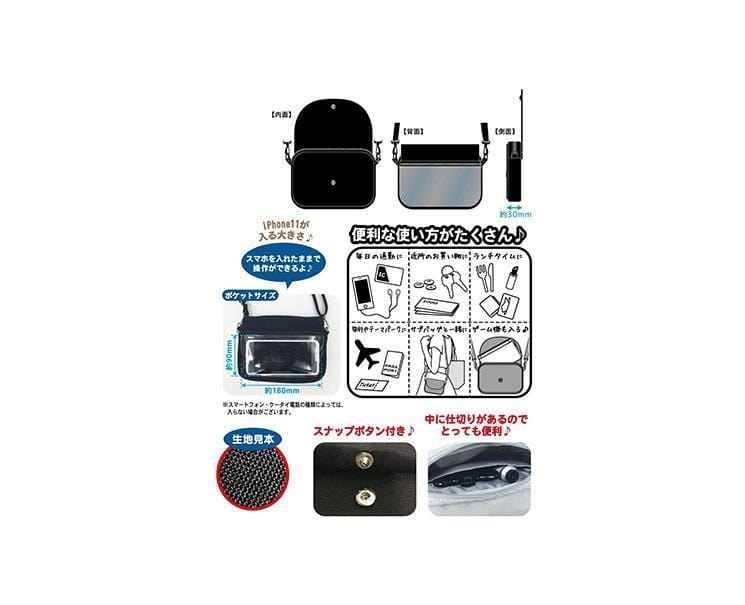









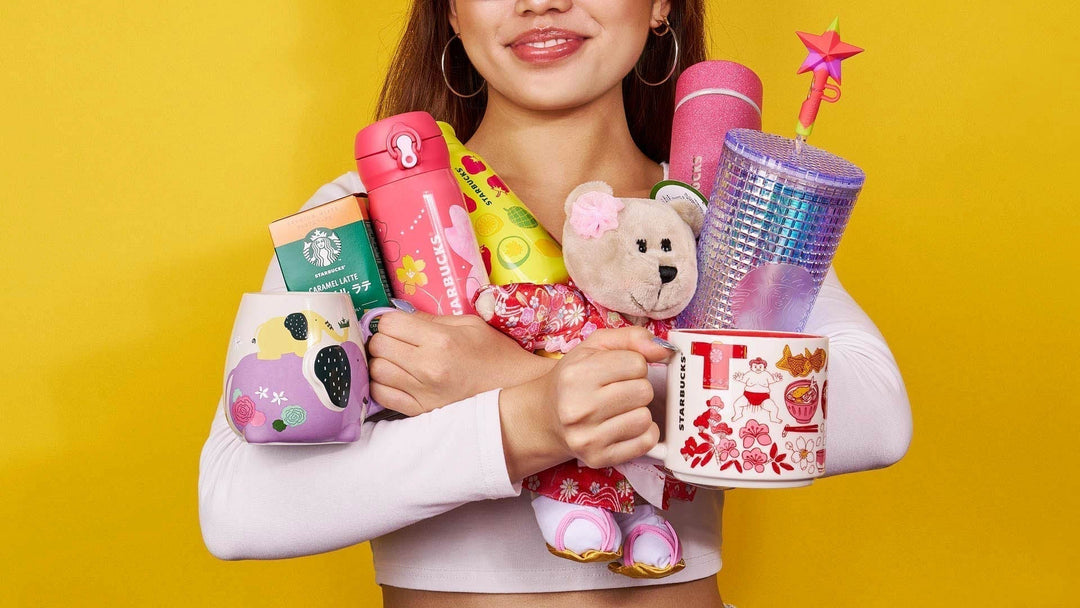

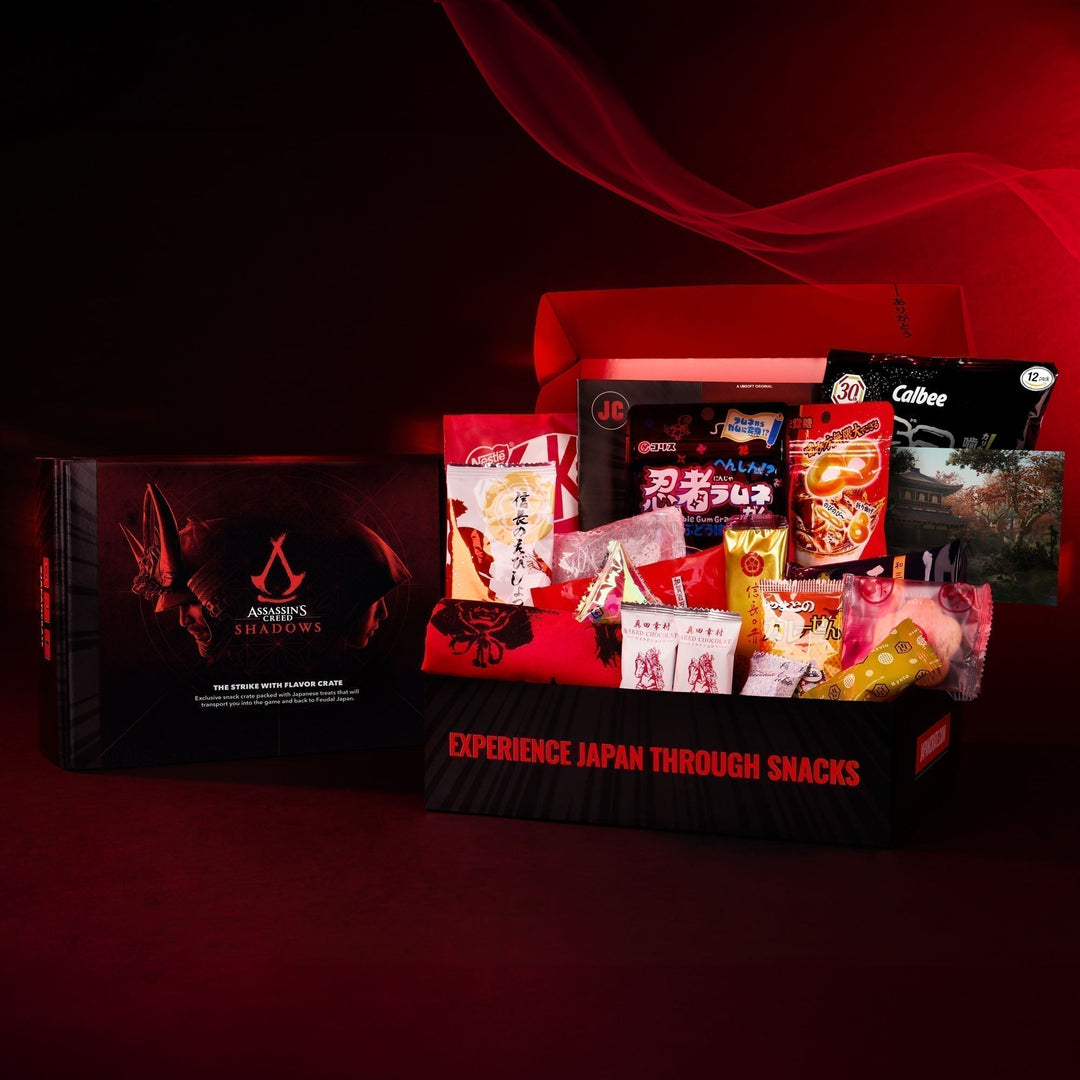
Leave a comment